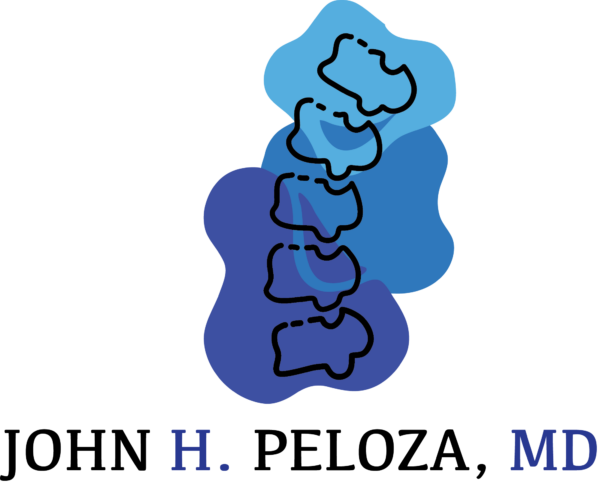
Low Back Pain in Athletes
The lower aspect of our back is always under constant stress. This stress is significantly magnified in individuals who participate in athletics. As a result, it is not uncommon for these individuals to develop low back pain. In this article, we shall take a brief look at this clinical condition.
Causes of Low Back Pain
Muscle strain and sprained ligaments remain the most common cause of low back pain in athletes. With advancing age and repetitive stress, degeneration of the intervertebral discs and the vertebral bones can occur. Spondylolisthesis is yet another common phenomenon. Certain kinds of sports can cause stress fractures of the vertebrae, along with herniation of the intervertebral disc. Rarely, tumors of the spine or secondaries from cancer elsewhere can also be a cause.
Rarer causes include osteomyelitis and discitis, along with facet syndrome.
Risk Factors
Contrary to popular belief, it appears that having a short period of rest following a warm-up before commencing any form of athletic activity can have a detrimental effect on the muscles. It can result in stiffness and the limitation in overall flexibility. Ultimately, any form of activity that impacts the flexibility of the lumbar spine and alters the tone of the muscles around the spine can all result in low back pain in athletes. Furthermore, individuals who have previously suffered from back pain prior to commencing any form of activity are more prone to developing the symptoms.
Other risk factors that must be kept in mind include the type of footwear the person is wearing, their posture during exercise and the amount of rest that they take in between sessions.
Clinical Features
Athletes who suffer from low back pain tend to experience this at rest and during exercise, though the latter may be a lot more severe. The duration of pain and the type of pain depends upon what the cause is the first place. For example, pain experienced due to strains and pulled ligaments are often different from the ones experienced due to degenerative disc disease.
Athletes who suffer from spondylolysis (a type of stress fracture) find that the experience gets worse gradually and is associated with pain when participating in activities such as jumping and running that can place a great deal of impact on the lower spine.
Diagnosis
Most cases can be diagnosed from a clinical history and examination. Special investigation such as an X-ray or a CT scan may sometimes be required. In more advanced cases where disc prolapse or other degenerative conditions are being considered, an MRI scan may be helpful. Bone scans can help pick up any other lesions if present.
Treatment
Treatment of low back pain in athletes is primarily rest, ice pack application and physical therapy. Once the initial stage of the injury has been treated, patients will start a period of physical therapy which will involve not only stretches and strengthening exercises but also massage therapy and sometimes heat therapy. Over-the-counter painkillers such as paracetamol and non-steroidal anti-inflammatory drugs are also helpful in this situation. Activities that can trigger pain must be avoided.
In patients who have advanced disc disease or in whom medical therapy fails, surgical treatment may be required. This is often followed by a long parade of rehabilitation during which the athlete may not be able to participate in their regular activities.



